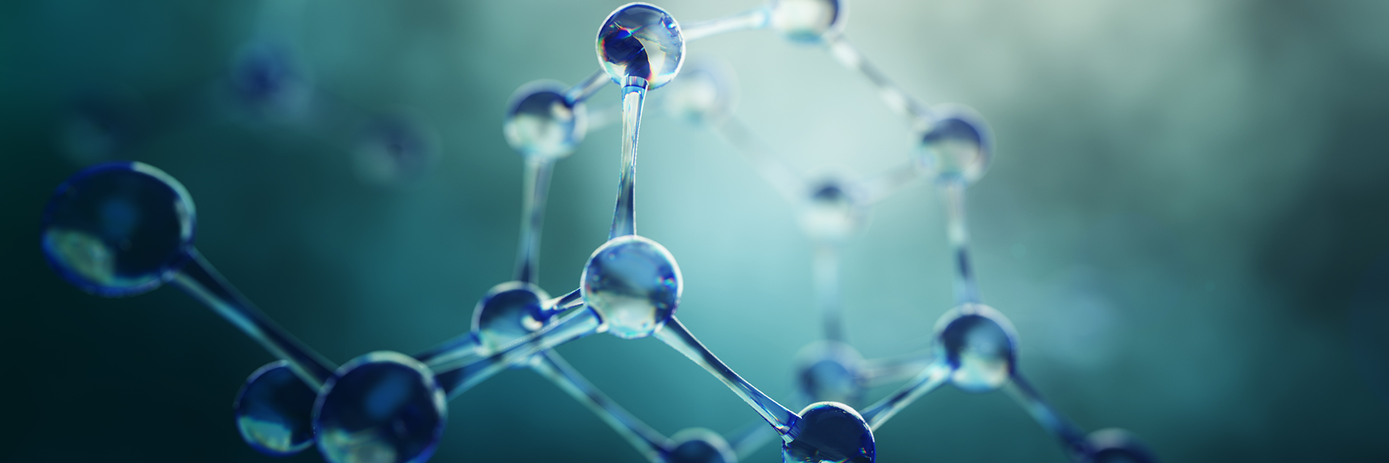

Bead mill homogenization streamlines dermatomycoses organism identification by drastically reducing sample preparation time
Pathogenic fungi, i.e., dermatophytes, are responsible for superficial infections known as dermatophytosis, which can occur in the nails, skin, and hair of humans and animals. In addition to dermatophytes, non-dermatophyte molds and yeasts can cause dermatomycosis.
Though less of a risk in healthy individuals, the presence of these fungi can be severe in individuals with depleted or compromised immune systems. Therefore, research is being carried out to help optimize sample prep workflows and advance technologies that would help expedite species-specific pathogen identification.
Aligned with this goal, this application note explores the efficiency of utilizing a semi-automated bead mill homogenizer in lieu of an overnight digestion in releasing nucleic acids from nail samples for downstream molecular genetic identification of dermatophytes, yeasts, and molds using the EUROArray dermatomycosis system.
Results indicated good concordance between both research methodologies and significant time reduction in turnaround time (TAT) when incorporating the bead mill homogenizer into the workflow as opposed to an overnight incubation.
For research use only. Not for use in diagnostic procedures.
Table 1: Identification result from overnight and bead mill homogenized samples. Agreement between results from both methods was 96%, meaning that 23 out of 24 samples showed identical species detected on the EUROArrayScan. n=8 samples performed in triplicate(N.D-Not Detected).
| Sample ID | Replicate |
Overnight method |
Bead mill homogenization method |
Agreement between methods | ||
|---|---|---|---|---|---|---|
| Dermatophyte | Yeast/mould | Dermatophyte | Yeast/mould | |||
| 1 | Replicate #1 | N.D | Candida parapsilosis | N.D | Candida parapsilosis | 3/3 |
| Replicate #2 | N.D | Candida parapsilosis | N.D | Candida parapsilosis | ||
| Replicate #3 | N.D | Candida parapsilosis | N.D | Candida parapsilosis | ||
| 2 | Replicate #1 | N.D | Candida parapsilosis | N.D | Candida parapsilosis | 3/3 |
| Replicate #2 | N.D | Candida parapsilosis | N.D | Candida parapsilosis | ||
| Replicate #3 | N.D | Candida parapsilosis | N.D | Candida parapsilosis | ||
| 3 | Replicate #1 | Trichophyton rubrum | N.D | Trichophyton rubrum | N.D | 3/3 |
| Replicate #2 | Trichophyton rubrum | N.D | Trichophyton rubrum | N.D | ||
| Replicate #3 | Trichophyton rubrum | N.D | Trichophyton rubrum | N.D | ||
| 4 | Replicate #1 | Trichophyton rubrum | N.D | Trichophyton rubrum | N.D | 3/3 |
| Replicate #2 | Trichophyton rubrum | N.D | Trichophyton rubrum | N.D | ||
| Replicate #3 | Trichophyton rubrum | N.D | Trichophyton rubrum | N.D | ||
To view the full content please answer a few questions
Download Resource
Bead mill homogenization streamlines dermatomycoses organism identification by drastically reducing sample preparation time




























